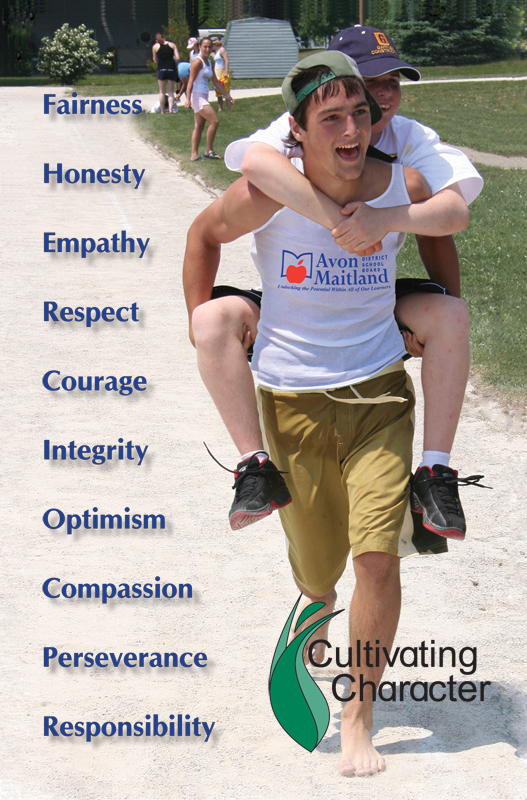THIS IS THE LAST POST. . . DUE by: JUNE 15.

"Inductive Reasoning and Logic | BlazingTruth.com." Blazing Truth. N.p., n.d. Web. 15 June 2012.
Thanks to Sarah B for this image. . .
This is the most difficult post you have had to complete thus far. It will give me a sense of those of you who are ready to move into 3U, and those of you who might be better suited to the 3C pathway.
PLOT DEFINITION: The cause-and-effect working out of choices (made by characters and for characters) set in motion by conflicts and complications within the story.
Based on any novel you have read this semester, explain how an error in logic, specifically induction – an inductive leap too far – advances the plot of the novel. You will have to review your notes about induction.
How?
- Summarize the part of the novel where the inductive leap occurs. If you can use a text excerpt all the better. . . do not forget about the citations.
- Next, justify your ideas about the that this inductive leap has on the plot of the novel (Create further complications for the character? Change relationships??? - go back to your note on significance. . . ).
HERE IS A GOOD SAMPLE:
In Who Has Seen the Wind by W.O Mitchell, the character Brian goes through a process of understanding life until he becomes a mature young adult at the end of the book. Near the beginning of the book however, Brian remains a somewhat ignorant but yet very imaginative character. This can be seen through his plans to fly using "string with pillow feathers" (Mitchell 27). Because he does not fully understand how things (ie. flight) work, his curious, imaginative mind believes making wings to fly is a brilliant idea (THIS IS THE INDUCTIVE LEAP). With his friend Forbsie they begin gathering feathers from "pillows' stummicks" (27) and tying them together with string. While they are working, "Arthur Sherry, a six year old cynic" (28) comes to ask what they are doing. This sparks what will later change Brian's mindset. When Brian explains "Making wings" (28), Arthur replies with "Anybody knows you can't make wings" (28). They continue to argue, but Arthur proves to have much stronger points than Brian , resulting in Brian's defeat.
The inductive leap Brian made by stating he was "going to fly" (28) set up the argument he had with Arthur, which harshly gave him the knowledge for a better understanding of the line between his own imagination and the reality around him. Although it may seem to be an unimportant event in the book, it is one of the many experiences that will later help Brian understand the world, and near the end, his father's death.
The inductive leap Brian made by stating he was "going to fly" (28) set up the argument he had with Arthur, which harshly gave him the knowledge for a better understanding of the line between his own imagination and the reality around him. Although it may seem to be an unimportant event in the book, it is one of the many experiences that will later help Brian understand the world, and near the end, his father's death.
In my book, Death Cloud, many of the adults are known for being the ones to take an inductive leap too far. This proves to be true when two men are killed, and many of the adults conclude that it must be the effect of an illness such as the plague. Specifically stating, "We have to assume we're dealing with the bubonic plague and act accordingly" (Lane, 65). They assume this because the men whom were killed had been found with large boils on their faces. Meanwhile, however, the main character Sherlock Holmes isn't so quick to decide on this opinion. He sees that "the grass was a slightly different colour - more yellow than the grass elsewhere in the woods" (Lane, 69) where one of the dead men were found. Once Sherlock sees that it is a yellow powder, he isn't so quick to make the same induction.
The fact that many of the adults in this story take an inductive leap too far does much for the plot. While Sherlock believes that the cause of death wasn't an illness, there are few adults who believe him. This pushes Sherlock to move forward in the story, looking for answers on his own. It is when he goes to a professor that Sherlock is told that he had found "bee pollen" (Lane, 143). By the end of the story, Sherlock is able to prove to the adults that their inductive leap is faulty, as well as prove that the bees (as well as their pollen) were the cause of the deaths, and not the plague.
___________________________________




